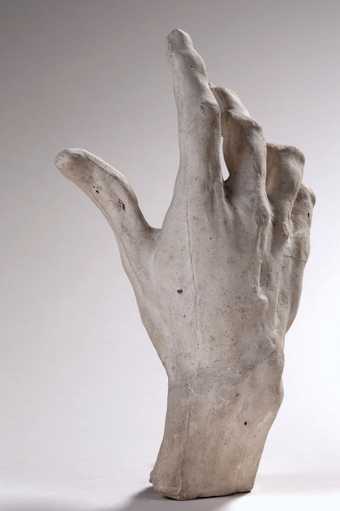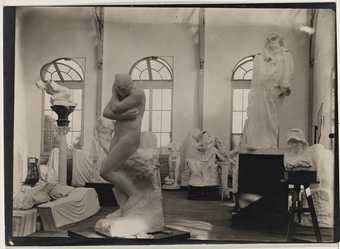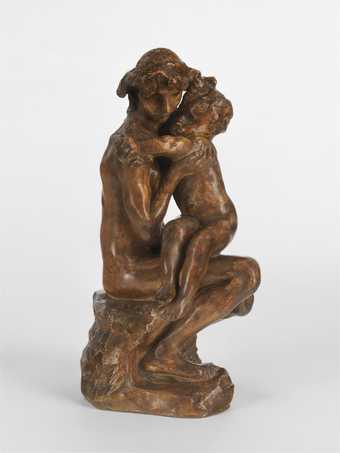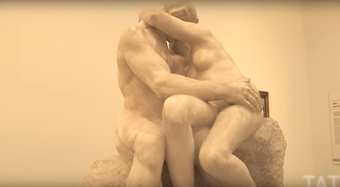Working at the turn of the 20th century, Auguste Rodin broke the rules of classical sculpture to create an image of the human body that mirrored the ruptures, complexities and uncertainties of the modern age.
This major exhibition is the first to focus on the importance of plaster in his work. Although Rodin is best known for his bronze and marble sculptures, he himself worked as a modeller, who captured movement, light and volume in pliable materials such as clay and plaster.
This presentation evokes the atmosphere of the artist’s studio. Plasters casts in all sizes show how he continually experimented with fragmentation, repetition and joining existing parts in unconventional ways. Some of his best-known works were influenced by this process, including The Burghers of Calais, which is represented here by the newly restored original plaster.
With the process of making at its heart, the exhibition also considers the complex dynamics of the workshop, as well as between the artist and his models and collaborators, including fellow sculptor Camille Claudel, the Japanese actress Ohta Hisa, and the German aristocrat Helene Von Nostitz.
The realisation of this landmark exhibition is possible due to a unique collaboration with the Musée Rodin, who have offered Tate unprecedented access to their collection. It features over 200 works, many of which have not been seen outside of France before.

Auguste Rodin Study for The Thinker 1881 Musée Rodin, S.01168
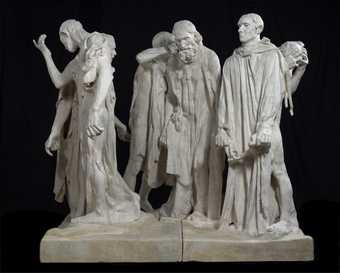
Auguste Rodin Monument des Bourgeois de Calais 1889 Musée Rodin, S.00153
The EY Exhibition: The Making of Rodin is presented in the Eyal Ofer Galleries. The exhibition is part of The EY Tate Arts Partnership. With additional support from the Rodin Exhibition Supporters Circle and Tate Patrons. Organised by Tate Modern and Musée Rodin, Paris.

